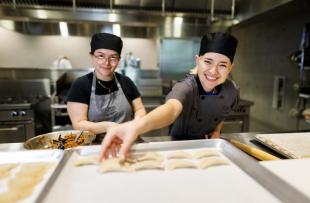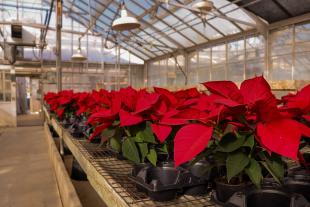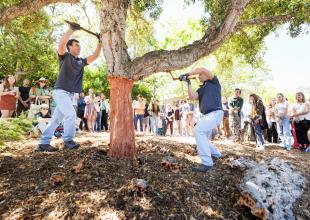Reading Between the Vines: Scenes from Harvest in Campus Vineyards
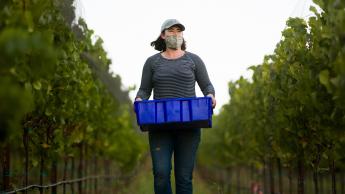
Above: Laura Kelemen carries a bin of Pinot noir grapes from Trestle Vineyard
In the cool, pre-dawn hours of Sept. 20, while most Mustangs enjoyed the last few hours of sleep before fall quarter classes officially began, a team of wine and viticulture students and faculty were wide awake and hard at work. It was the ideal time for the wine grape harvest in Cal Poly’s Trestle Vineyard, approximately 12.5 acres of vines located northwest of the campus core.
Just after 3 a.m., professional crews began harvesting ripe bunches of Chardonnay and Pinot noir. Undergraduate students gathered data on the number and weight of grape clusters for a research project on intrinsic variations in berry size as a function of Pinot noir clones, a project generously funded by the Oregon Wine Board under the supervision of Professors Jean Dodson Peterson and L. Federico Casassa. The team then loaded the grapes into the backs of pickup trucks, headed to the Pilot Winery on campus for the next steps in the wine production process.
This may be the last time grapes wind up at the Pilot Winery: In future years, Cal Poly wine will be made in the soon-to-open JUSTIN and J. LOHR Center for Wine and Viticulture.
“There’s a consensus that during harvest, the grapes pretty much dictate your schedule,” said Laura Kelemen, who is working on her senior project in wine and viticulture. “Whether it’s 2 a.m. vineyard picks, 10 p.m. punch downs, or a broken piece of equipment that throws off scheduling, you need to be ready to adapt and make the best of it.”
Kelemen and teammates Josh Toepfer, Peyton Seelye, and Chase Kesecker have spent the season analyzing variations in vine growth and development trends, vine metabolism and water status among different clones of Pinot noir grapes grown in Trestle Vineyard with Professors Dodson Peterson and Casassa. The team hopes to understand how intrinsic variations in berry size affects chemical and sensory profiles of the resulting wines. Kelemen says this experience has given her the chance to shoulder a new level of responsibility in wine harvest logistics.
“I’m excited to apply the new insight, skills, and confidence I’ve gained from this project to a full-time position after graduation,” she added.
Professors Dodson Peterson and Casassa direct the harvest process and student research throughout the year. Dodson Peterson says the grapes from Trestle Vineyard will be used in the university’s commercial wine program, wine production courses and other research projects.
The vineyard itself has experienced a transformation in recent years. When vines were replanted in 2015, the vineyard was split between commercial blocks and the H. Paul Fountain Teaching Vineyard. The vineyard is now home to 52 different varieties of wine grapes, 26 table grapes, 30 rootstocks and 10 wild species. Teaching facilities also include a rotation block, a dedicated research block and a head-trained Zinfandel block.
Even on tough days, the Learn by Doing experience is worth it to the students.
“This time of year means early mornings, late nights, cold, wet cellars, fending off yellow jackets and sanitizing more stainless steel than you ever thought possible,” said Kelemen. “But every summer — without fail — everyone starts to get stoked about harvest all over again because the feeling you get of working with a team towards the common goal of crafting a great vintage is pretty addicting.”
Check out a few photos from the action in the vineyard and raise a glass to the next vintage of Cal Poly Wine.
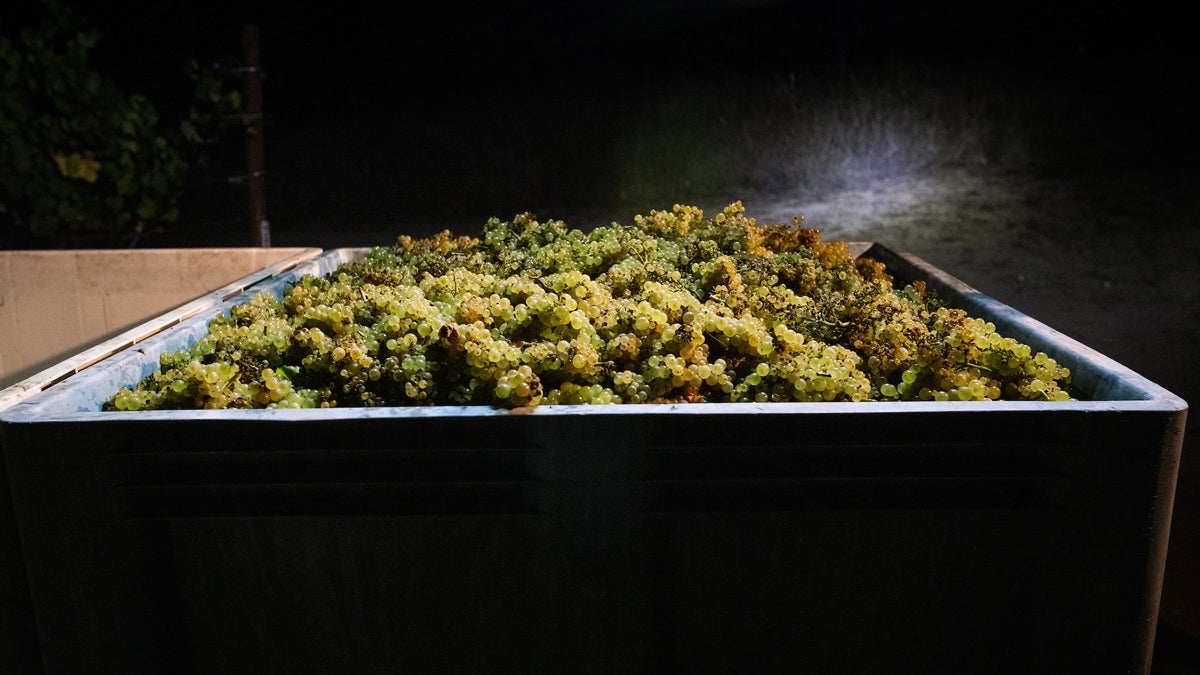
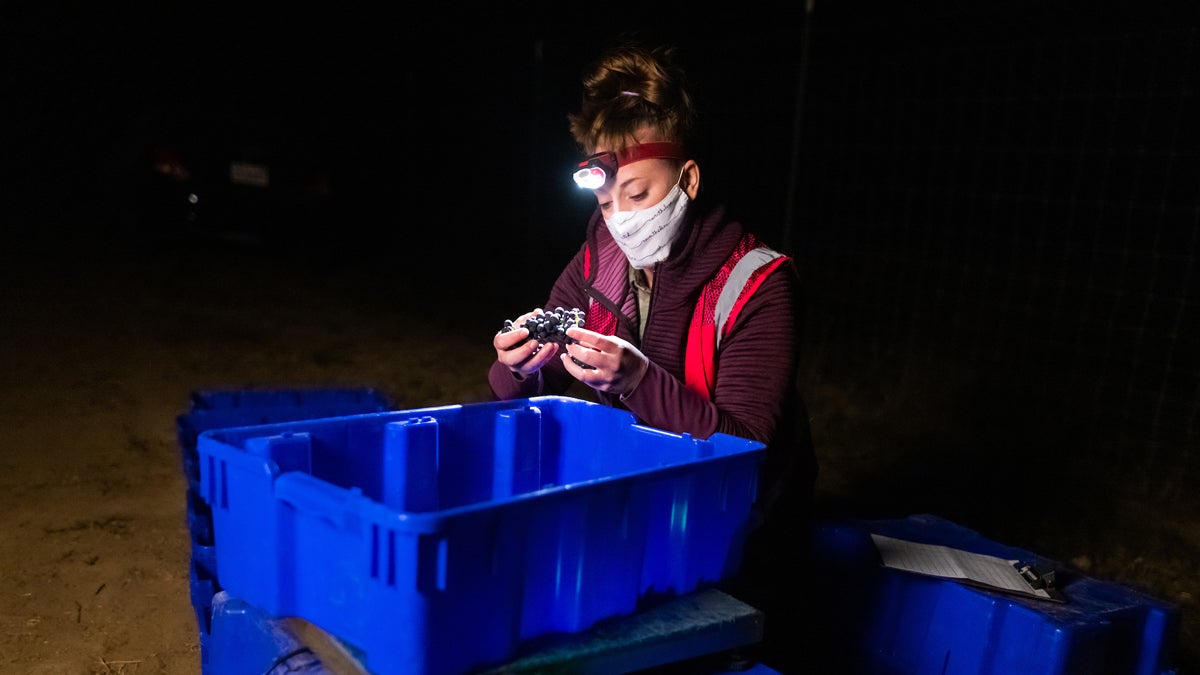
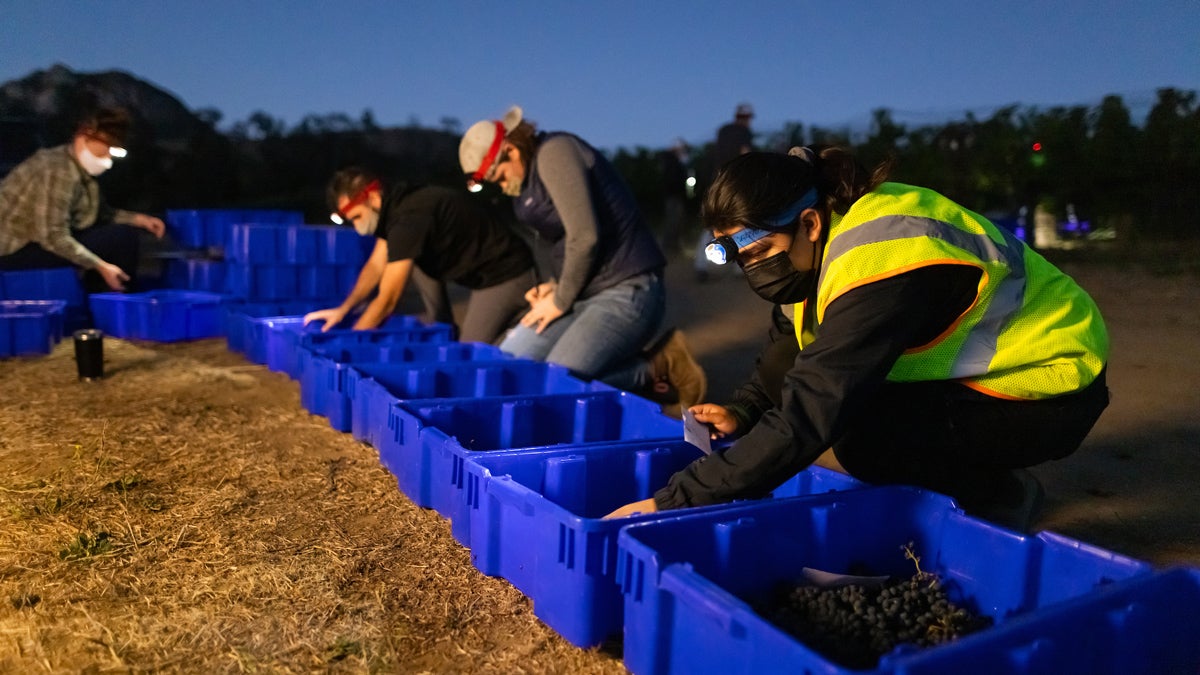
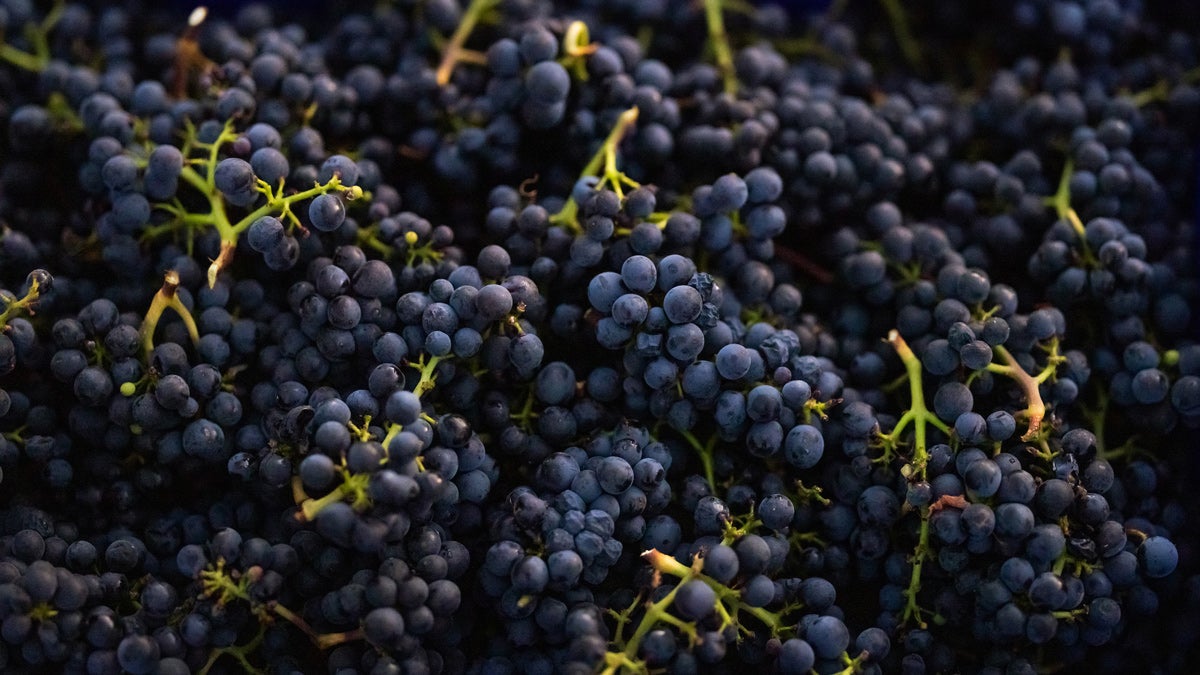
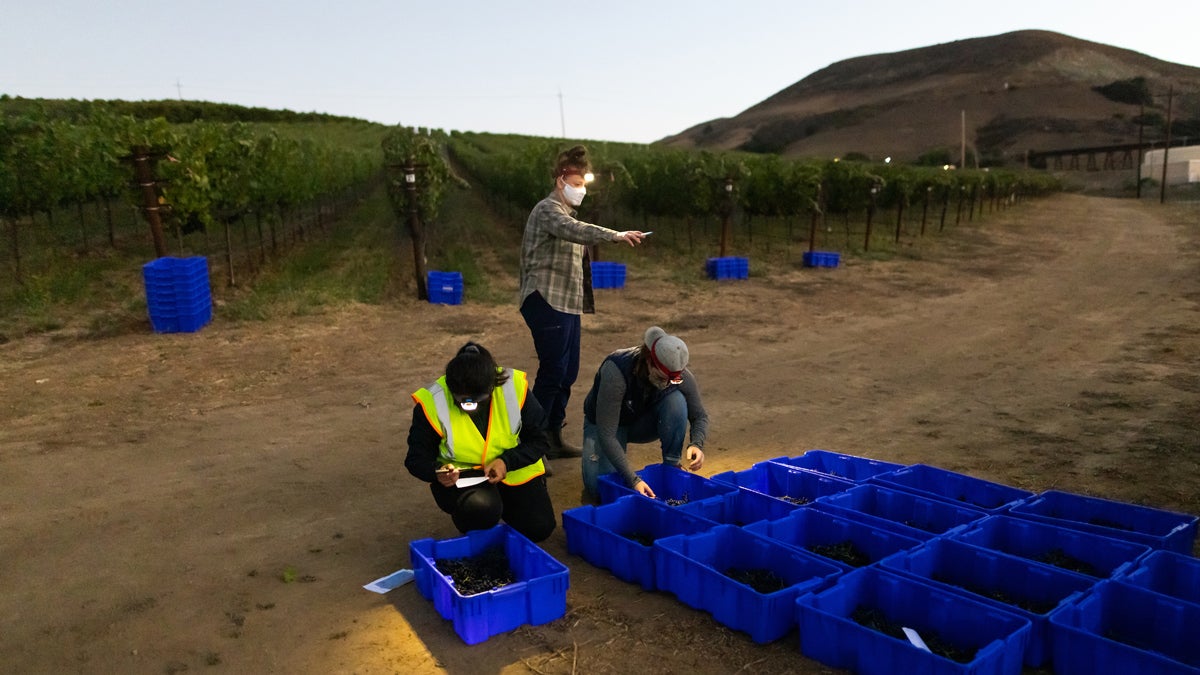
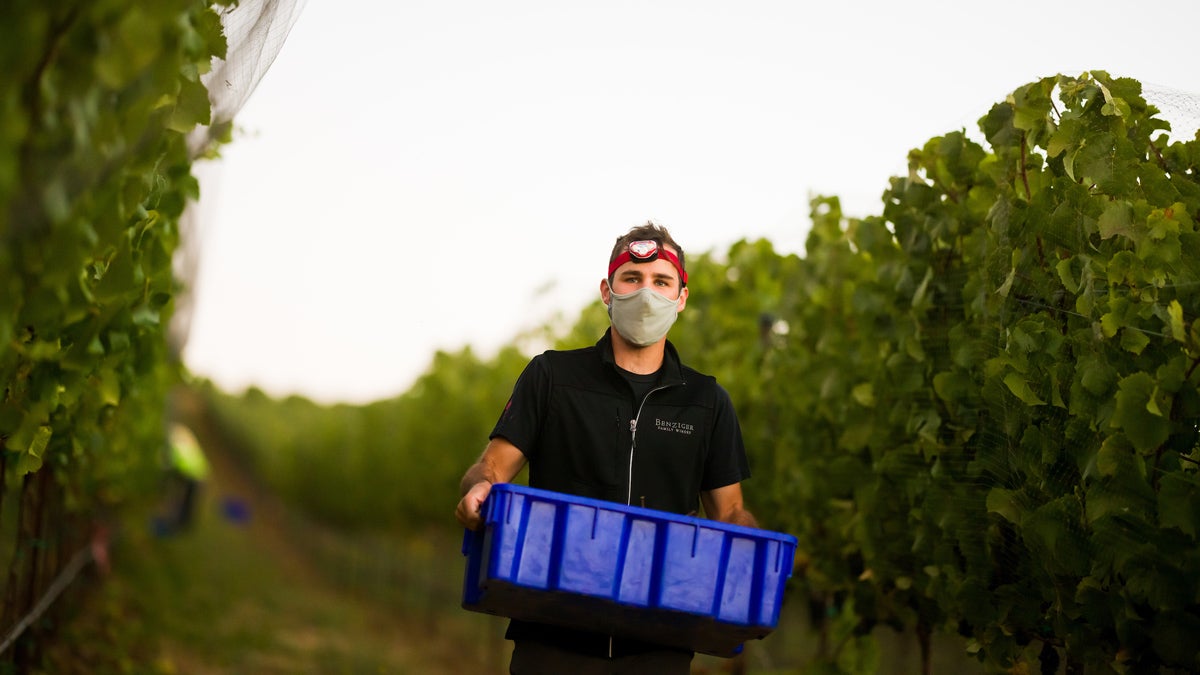
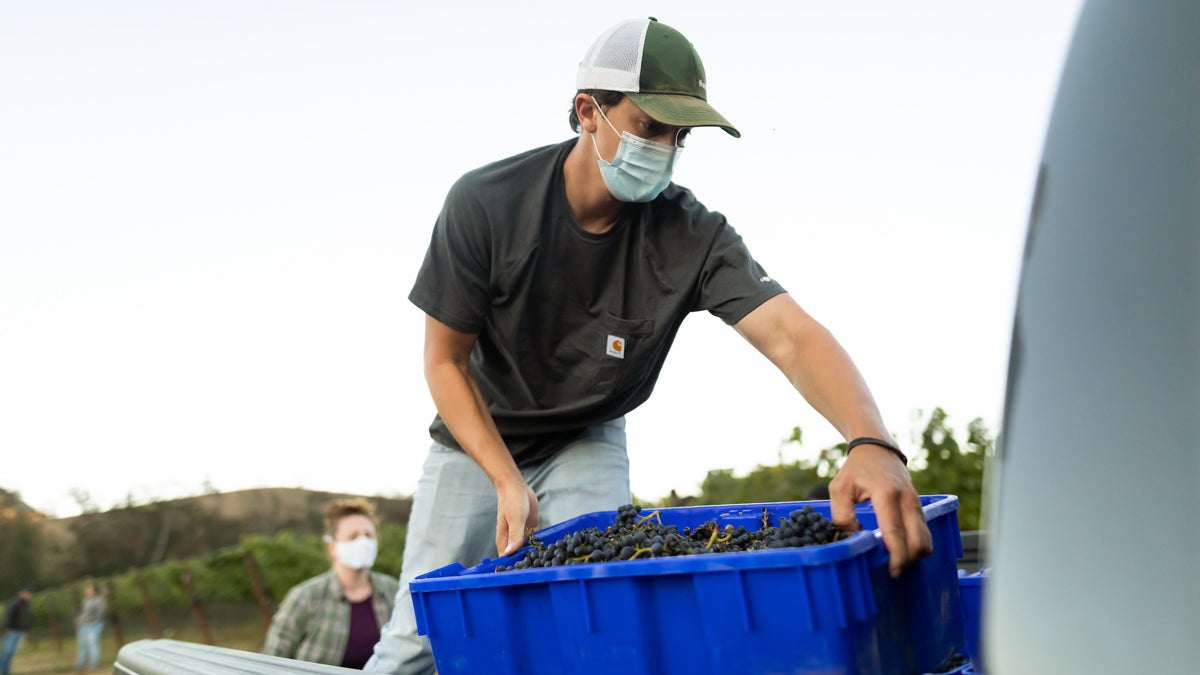
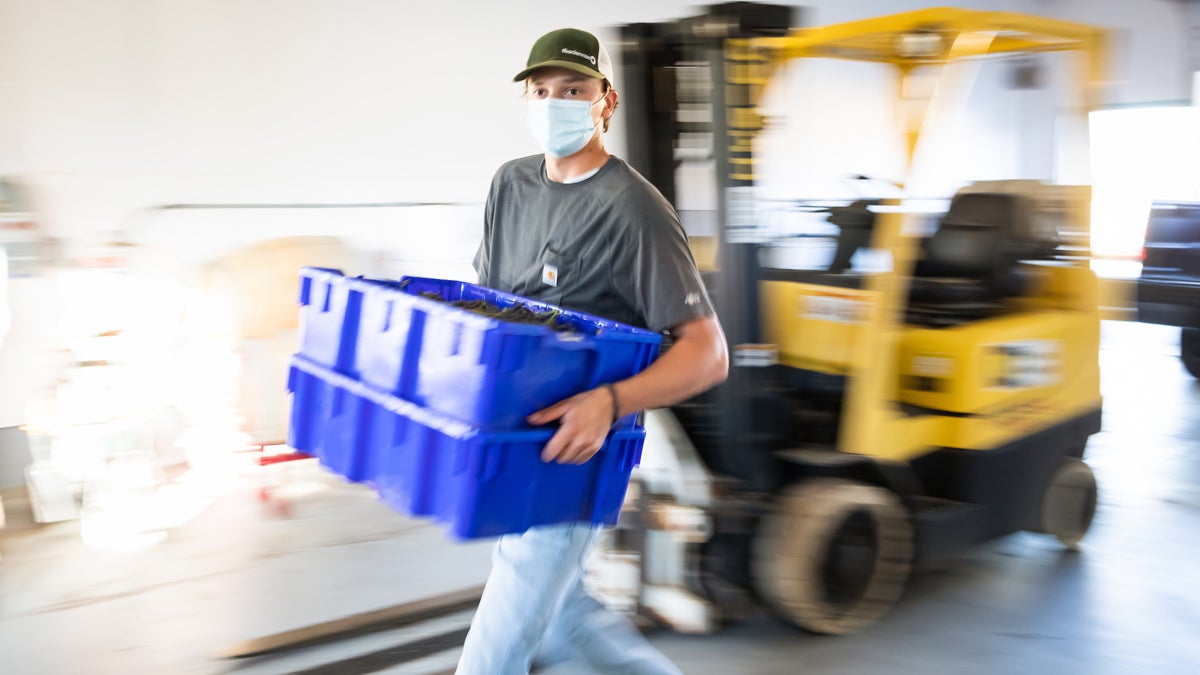
Don't want to miss any cool Cal Poly News stories? Sign up for our monthly newsletter, the Cal Poly News Recap!

